Comparing Submersible and Line-Shaft Vertical Turbine Pumps
Vertical turbine pumps, also known as vertical pumps, deep well pumps, or line shaft pumps, are centrifugal pumps containing stacked pump bowls that move liquids vertically rather than horizontally.
When choosing a pump for a particular application, it is essential to consider the differences between submersible and line-shaft vertical turbine pumps (VTPs) pumps to select the best pump to meet one's needs. While both types of pumps can be used effectively in various applications, they have distinct advantages and disadvantages.
Explaining vertical turbine pumps
Vertical turbine pumps, also known as vertical pumps, deep well pumps, or line shaft pumps, are centrifugal pumps containing stacked pump bowls that move liquids vertically rather than horizontally. They are built to be submerged in water and used to move water from underground sources.
These pumps are popular for various industrial and commercial applications thanks to their higher efficiency, higher pressure capabilities, and cheaper cost of operation compared to horizontal pumps.
Submersible pumps
A submersible motor vertical turbine pump set-up consists of a motor and a pump that are both submerged in the same well. The engine attaches to the lower portion of the vertical turbine pump.
Submersible pumps are typically compact, which makes them easier to install and maintain than other types of pumps. Additionally, submersible pumps are less likely to suffer from cavitation or air pockets, which can reduce the efficiency of different types of pumps.
Line-shaft pumps
Line-shaft vertical turbine pumps are centrifugal pumps with a motor that sits above the liquid they are pumping. They are ideal in high-pressure applications such as water supply, sewage, firefighting, and irrigation.
Advantages and disadvantages compared
A submersible motor VTP is usually quiet, which is beneficial when noise is a significant concern. The engine that runs an above-ground line-shaft VTP can often be loud, and the unit is not always visually appealing.
As a submersible motor VTP lacks tall, exposed motors and line shafts, it isn't susceptible to potential vibration problems from these components. Shallow-set, low-pressure line-shaft VTPs with a variable speed drive are much more prone to vibration issues than deep-set ones.
Line-shaft VTPs are generally more effective than submersible motor VTPs, though this isn't always the case. An above-ground motor is more efficient than a submerged one because of its larger (optimal) diameter and the lack of fluid-filled dielectric oil in its system.
Additionally, submersible motors are more prone to failure due to overloads, low voltage, and voltage spikes in the power source than an above-ground vertical motor.
Choose the right pump
Both pump types have unique advantages, disadvantages, and ideal use cases, so the final decision depends on the individual. Whether the primary concern is space, cost, noise, or power, each factor will impact the decision differently, so take time to calculate the benefits. If unsure which type of pump is best for one's application, contact a local pump repair service for more information and advice.
Pump Repair Services provides residential and commercial pump repair services for water well pumps, water feature pumps, transfer pumps, industrial irrigation pumps, and more, as well as custom water filtration services in the Apopka area. (Sorry, no pool pumps or sewer pumps.) We offer 24-hour emergency service. Call us at (407)625-5499.

